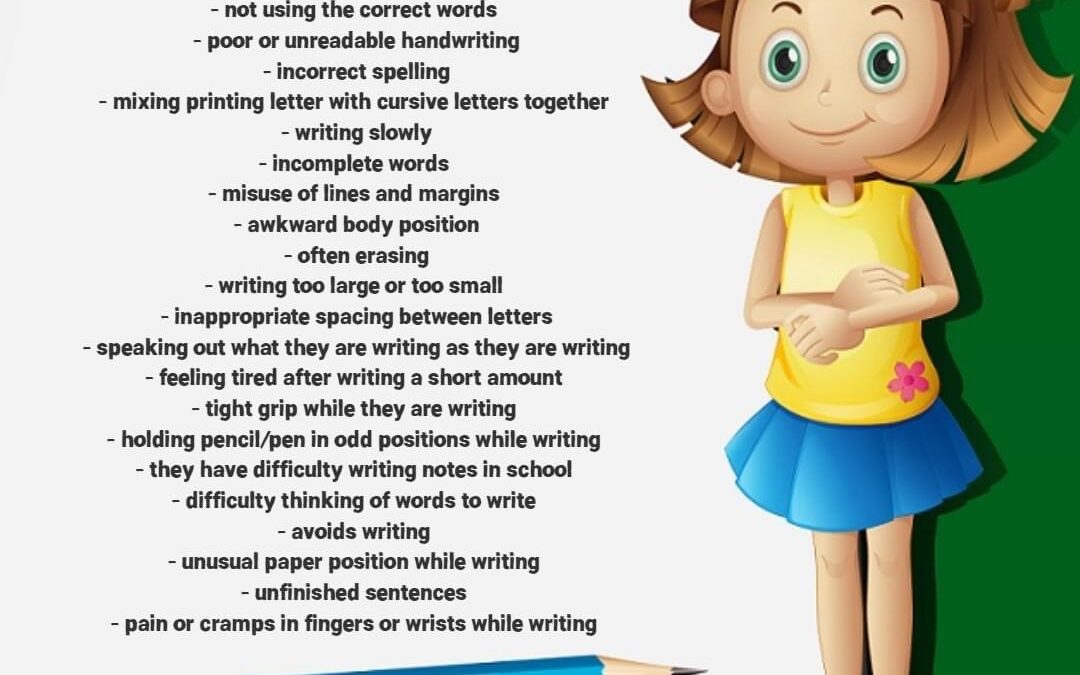Dysgraphia in Children with Autism: Understanding the Writing Challenges
Dysgraphia is a specific learning disability that affects a child’s ability to write coherently and legibly. When dysgraphia coexists with autism spectrum disorder (ASD), it can present unique challenges for children and their families. This article aims to explore the relationship between dysgraphia and autism in children, highlighting the overlapping difficulties they face and potential strategies for support.
Children with both dysgraphia and autism often struggle with various aspects of writing. Dysgraphia can affect a child’s ability to form letters, organize thoughts, and express ideas in a written format. Similarly, individuals with autism may have difficulties with fine motor skills, which can impact their ability to hold a pencil or pen and produce legible handwriting. These overlapping challenges can make it particularly challenging for children to develop their writing skills, leading to frustration and a negative impact on their academic performance.
Sensory processing difficulties also play a significant role in the writing challenges faced by children with dysgraphia and autism. Many children with autism have sensory sensitivities, such as hypersensitivity to certain textures or discomfort with the pressure required for writing. These sensitivities can make it difficult for them to engage in writing tasks or maintain focus. Additionally, difficulties with motor planning and coordination, which are common in both dysgraphia and autism, can further hinder their ability to write fluently.
The social and emotional impact of dysgraphia and autism should not be overlooked. Children with these co-occurring conditions may experience feelings of frustration, low self-esteem, and anxiety related to their difficulties with writing. They may also face challenges in social interactions, as their peers may not fully understand or accommodate their unique writing needs. It is crucial for parents, educators, and healthcare professionals to provide appropriate support and create inclusive environments that foster their overall well-being.
When supporting children with dysgraphia and autism, a multidisciplinary approach is essential. Collaboration between parents, teachers, occupational therapists, and psychologists can help develop individualized strategies to address their specific needs. Some effective interventions may include:
1. Occupational therapy: Working with an occupational therapist can help children improve their fine motor skills, hand-eye coordination, and pencil grip, which are essential for writing.
2. Assistive technology: Utilizing tools such as speech-to-text software, word prediction programs, or specialized writing apps can support writing skills and alleviate some of the challenges associated with dysgraphia.
3. Visual supports: Providing visual aids, such as writing templates

